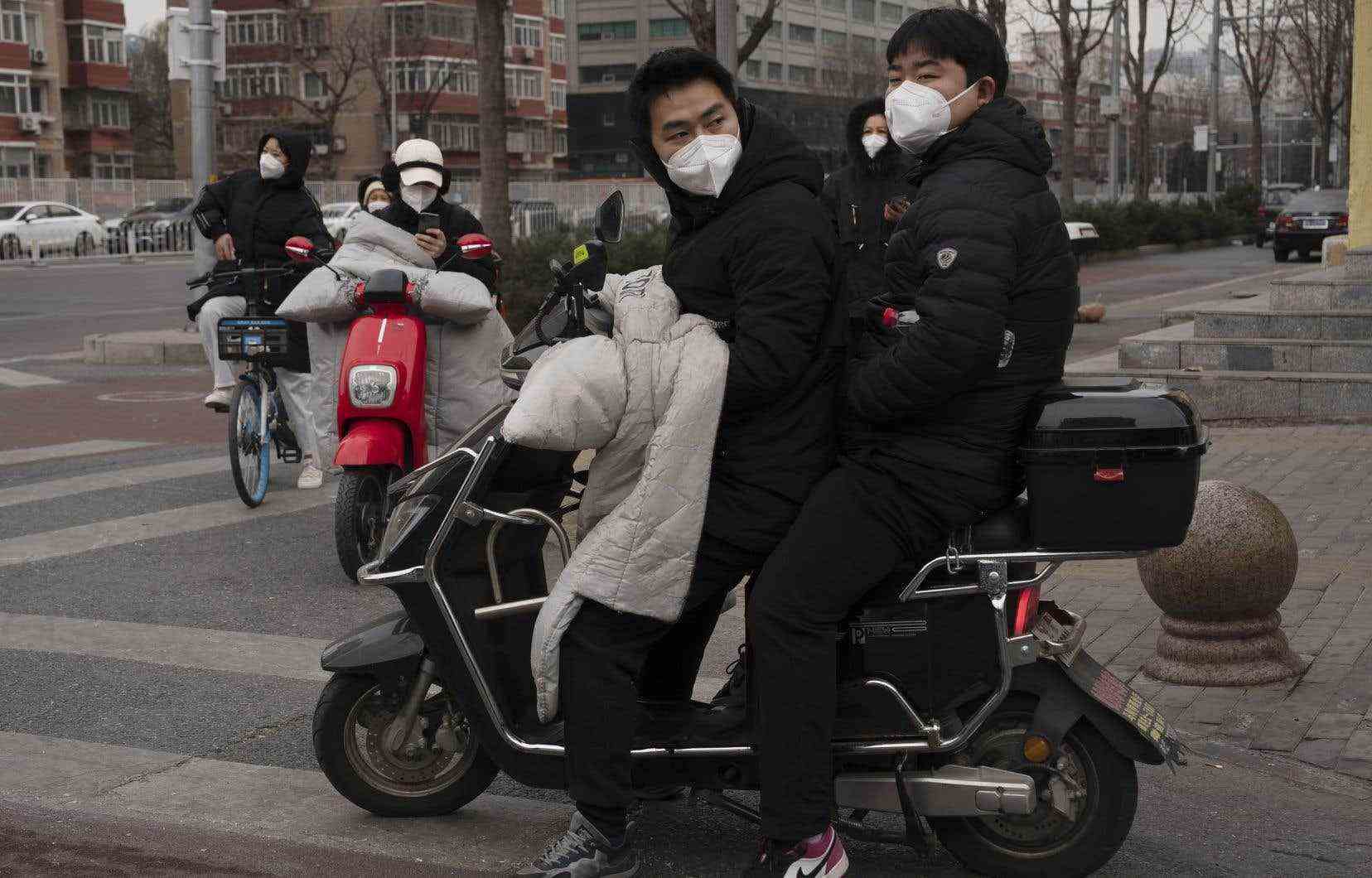Several Chinese cities further eased draconian anti-COVID rules on Friday, much to the satisfaction of the World Health Organization (WHO), with President Xi Jinping arguing that the Omicron variant of the virus, “mainly” present in China and less deadly, allows to opt for “more flexibility”.
Demonstrations in recent days to demand an end to restrictions are explained by the fact that “people were frustrated” after three years of epidemic, Xi Jinping also explained Thursday to the President of the European Council, Charles Michel, visit. in Beijing, according to a European official speaking on condition of anonymity.
“We are happy to hear that the Chinese authorities are adapting their current strategies and are really trying to calibrate the control measures for this virus now”, reacted Thursday the Dr Michael Ryan, WHO Emergency Manager.
“It’s really important that governments listen to their people when people are suffering. We really want to see this adaptation happen and accelerate,” he said.
Parents kneel
The anger of the Chinese towards the hard line in the fight against the pandemic had spilled over into the streets last weekend, a mobilization on a scale not seen in decades.
China quickly sought to quell the movement, with a heavy police presence on the streets and increased surveillance of social media.
At the same time, several cities have begun to ease restrictions, in particular by abandoning mass daily testing, a tedious pillar of the “zero COVID” policy, in place for nearly three years.
This did not prevent sporadic scuffles.
Images broadcast Thursday evening on the Internet and geolocated by AFP showed dozens of people facing officers in full protective suits in front of a middle school in Yicheng, Hubei province.
According to the person who uploaded the video, these are parents whose children tested positive and were taken to quarantine facilities.
We see people coming to blows and parents kneeling, begging to be able to bring their offspring home.
Anyone declared positive in China must in theory be placed in a quarantine center, with variable comfort. But a radical change in doctrine seems to be at work.
Quarantine at home
In an analysis published Friday in the People’s Dailythe organ of the ruling Communist Party, several medical experts have supported the measures taken by local authorities to authorize this quarantine at home.
On the national scene, members of the government have also signaled that a broader relaxation of the policy could be envisaged.
On Wednesday, before the Ministry of Health, the Deputy Prime Minister, Sun Chunlan, recognized the low dangerousness of the Omicron variant and the improvement in the vaccination rate. A central figure in Chinese policy in the face of the pandemic, Mme Sun didn’t mention the term “zero COVID,” raising hopes that this strategy would soon be scaled down.
From Monday, Beijingers will again be able to use buses and the subway without having to present a negative PCR test result dating back less than 48 hours, the town hall announced on Friday.
However, users must continue to present a valid health passport, confirming that they have not crossed a “high risk” area. Health authorities also called on hospitals on Thursday to stop refusing care without a PCR test within 48 hours.
Chinese anger over the pandemic hardline spilled onto the streets last weekend, a mobilization on a scale not seen in decades
It is really important that governments listen to their people when people are suffering. We really want to see this adaptation happen and accelerate. Dr. Michael Ryan »
